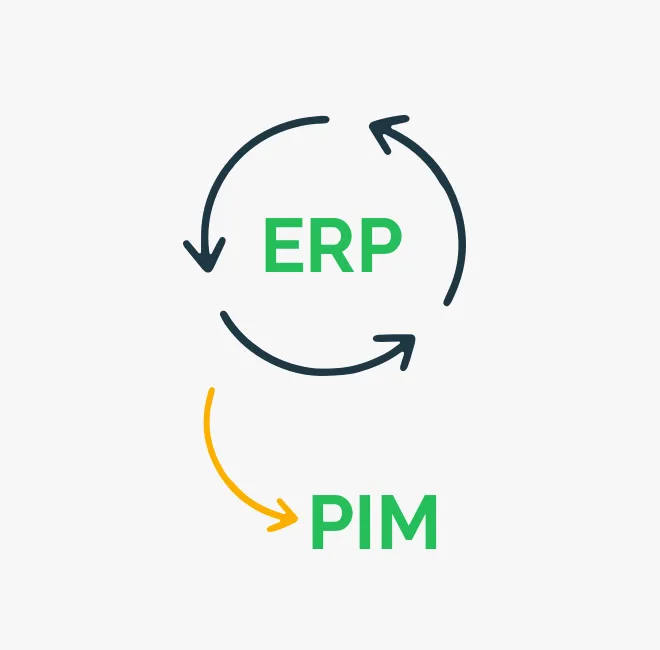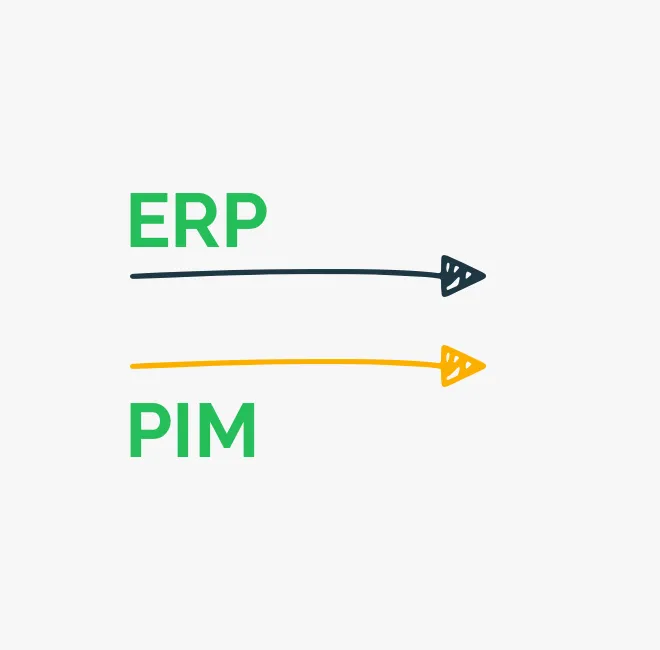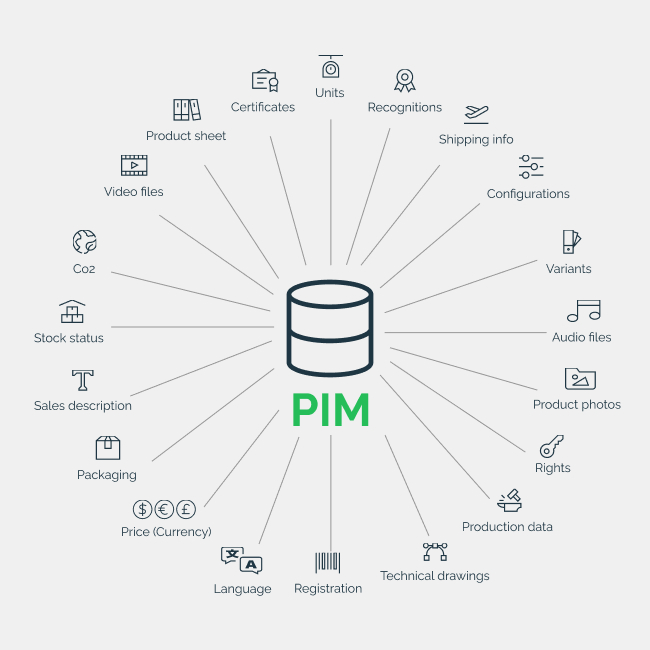
Consider PIM when ERP needs to be upgraded
Are you facing a replacement of your ERP system, and do you have product data stored in it at the same time? Then it is obvious to consider how a PIM solution can set your product data free.
Why?
- To ensure that the new ERP system is not "contaminated" with unnecessary adaptations
- To remove complexity from the upgrade process
- To minimize costs for future upgrades
- To ensure the data quality of the new systems
- To ensure standard and not least best practice
If you choose to implement a PIM system in connection with your upgrade/migration, the process usually starts with a clean up, where everything that can be moved to a PIM system must be moved. This creates a strong foundation for creating value based on product data.

The reason why PIM should be integrated in parallel with ERP
No matter how skilled a customer and supplier are in their analysis process, they rarely managed to uncover more than a maximum of 80% of the company's issues in relation to “Need to have” functionality in their ERP implementation.
The reason for this is that:
- We often forget all the small adjustments that the company has made over a number of years and iterations.
- The ERP provider does not go deep enough in the analysis to uncover all special processes, as time spending / finances in the analysis phase are often agreed / locked
- Forgotten data processes only come to light the day you are lacking them.

Can you recognize the above mentioned?
Then PIM makes good sense as:
- PIM ensures that ALL data including files (images, drawings, manuals, videos, etc.) can be organized centrally and subsequently linked to the company's products
- PIM provides an overview of both data and processes (regardless of where this data originates)
- PIM can be used to ensure data quality, so that "dirty data" is not loaded
- PIM is a great conversion tool
- PIM can display live data from other systems
- PIM ensures that there is ALWAYS a system for the data that does not have a natural affiliation (Environmental images, material definitions, approvals, the many different product-relationship definitions, etc., etc., etc.)
- PIM ensures that ALL data can be language differentiated
- PIM is a great tool for exporting structured data







